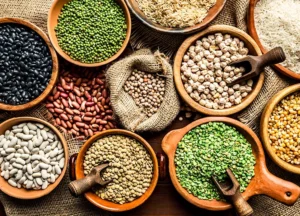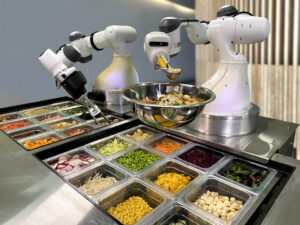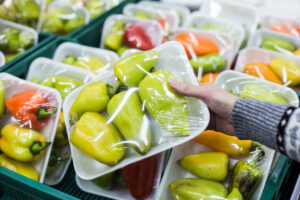Back to: Pre Vocational Studies Primary 5
Welcome to class!
Hello, my bright student! I’m so happy to have you back for another interesting lesson. Today, we’re going to talk about “processing and preservation of harvested crops.” This is what happens after crops are harvested to make them last longer and be ready for us to eat. It’s like preparing food to keep in the fridge or freezer so it doesn’t spoil. Let’s begin!
Processing and Preservation of Harvested Crops

We’ve learned about harvesting activities, which is when farmers gather their ripe crops. But many crops can spoil quickly if they are not processed or preserved properly. Processing changes the crops in some way, while preservation helps to keep them from spoiling for longer periods.
Here are some common methods of processing and preservation:
Processing:

- Cleaning: This removes dirt, stones, and other debris from the harvested crops. It’s like washing fruits and vegetables before you eat them.
- Sorting and Grading: This involves separating crops based on their size, shape, color, and quality. This ensures that only the best quality crops are sold or used. It’s like sorting your toys by type or color.
- Shelling/Threshing: This involves removing the outer covering of some crops, like removing maize kernels from the cob or separating rice grains from the stalks.
- Milling/Grinding: This involves grinding crops into flour or other fine particles. For example, maize is ground into maize flour, and wheat is ground into wheat flour.
- Cooking: Cooking changes the texture and taste of crops and also kills harmful microorganisms. Examples include boiling, frying, roasting, and baking.
Preservation:

- Drying: This removes moisture from crops, which prevents them from spoiling. Crops can be dried in the sun, in ovens, or using special drying equipment. Examples include drying grains, fruits, and vegetables.
- Salting: This involves using salt to preserve crops. Salt draws out moisture and creates an environment that is not suitable for microorganisms to grow. Examples include preserving fish and some vegetables.
- Smoking: This involves exposing crops to smoke from burning wood. The smoke helps to dry the crops and also adds flavor. Examples include smoking fish and meat.
- Freezing: This involves storing crops at very low temperatures to prevent spoilage. Many fruits and vegetables can be frozen to preserve them.
- Canning: This involves sealing cooked crops in airtight cans or jars to prevent spoilage.
- Fermentation: This involves using microorganisms to change the properties of crops. This can create unique flavors and also help to preserve the crops. Examples include making yogurt from milk and fermenting cassava to make fufu.
Let’s use some examples:
- Maize: Maize can be processed by shelling the kernels from the cob and then grinding them into maize flour. It can be preserved by drying the kernels.
- Tomatoes: Tomatoes can be processed by cooking them into tomato sauce or paste. They can be preserved by canning them or drying them in the sun.
- Cassava: Cassava is processed by peeling, grating, and fermenting it to make fufu or garri. It can be preserved by drying it into chips.
Summary
So, to summarize, processing changes crops in some way, while preservation helps to keep them from spoiling for longer periods. Both processing and preservation are important for making sure that harvested crops are available for us to eat throughout the year.
Evaluation
- Can you name two methods of processing crops?
- Can you name two methods of preserving crops?
Excellent! You’re doing a fantastic job! I’m so proud of your learning.
We have come to the end of this lesson.
In case you require further assistance or have any questions, feel free to ask in the comment section below, and trust us to respond as soon as possible. See you in the next class!
